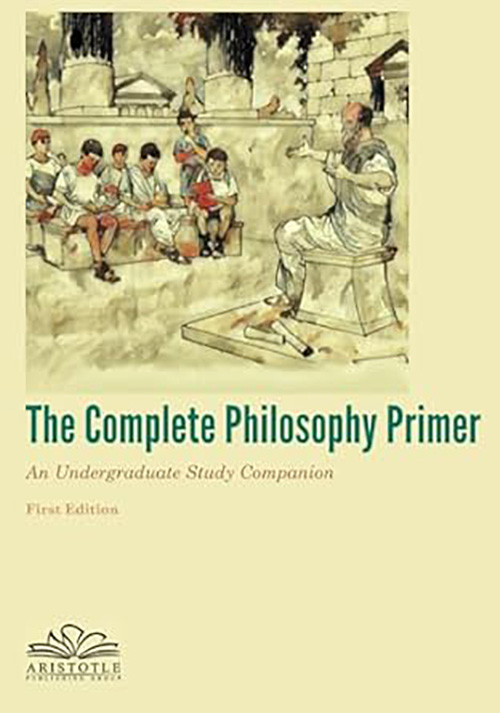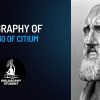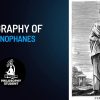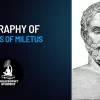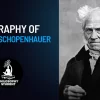The dominant philosophical traditions in this part of the world began in Ancient China from the sixth century to 221 BC, which saw the development of China’s great philosophical movements during the Hundred Schools of Thought era. The primary movements during this long epoch were Confucianism, Legalism, and Taoism. These spread out to influence Korean, Vietnamese, and Japanese philosophy, although the latter developed its own strong Shinto and State Shinto traditions, which were very much native to the country and, ultimately, nationalist in their effect.
Buddhism exerted a powerful influence in China beginning during the Han Dynasty (206–220 BC), but the Chinese made significant adaptions, especially with respect to Zen, a transformation of Buddhism that spread throughout East Asia. Confucianism, which developed from the teachings of Confucius (551–489 BC) during the Hundred Schools of Thought epoch emerged as a hybrid of religion and philosophy that made a profound and enduring impact on theology, ethics, and political philosophy. Primarily, Confucianism emphasized morality and governance built on the “correctness” of social relationships as well as the doctrine of justice and the virtues of kindness and honesty. It was embraced as a guide for living legitimated largely through a cult of ancestor worship, which elevated precedent and tradition in all things.
Legalism (Fajia) emerged during the fourth century BC as a philosophy of government and administration, which has been compared to the political philosophy of Niccolò Machiavelli (1469–1527) in Renaissance Italy. A philosophy of Realpolitik, it has exerted a major influence on Chinese bureaucratic administration.
Legalism drew on Confucianism and influenced Taoism, mostly with respect to these as political philosophies. Taoism is the philosophy of living in harmony with the Tao, which may be interpreted as the source, pattern, and substance of all that exists. All three major schools of ancient Chinese thought were ultimately aimed at aligning politics and government with natural or enduing order. The connection to Taoism tended to provide a basis for linking to eternal and universal values both Confucian and Legalist approaches to governance. Of the three schools, Confucianism had the greatest practical impact during the later Chinese dynasties, especially the Ming Dynasty (1368–1644) in China and the Joseon Dynasty (1392–1897) in Korea. The philosopher Wang Yangming (1472–1529) reinvigorated Confucianism as so-called Neo-Confucianism. As a result, the Confucian philosophical tradition was embraced by the imperial Chinese throne.
Confucianism continued to influence the structure of bureaucratic and institutional government in China through the nineteenth century. As late as the twentieth century, elements of Confucianism began to be combined with Western philosophies, most notably Marxism, and figured importantly in Chinese Marxist doctrine as developed by Mao Zedong. As a counterpoint to this, Hu Shih (1891–1962), who had studied in the United States under John Dewey, introduced to China what came to be called the New Pragmatism along with a form of Skepticism. Both politically and philosophically, Hu opposed Mao Zedong, and his
work fell into disrepute by the time he died, of a heart attack, in 1962. Its rehabilitation, however, began in the 1980s, and Hu Shih is once again studied in China.
Japanese philosophy became increasingly influenced by the West in the nineteenth century until State Shinto emerged during the Meiji era (1868–1912). Even during this period, strong Western influences continued in Japan, including the study of Western Sciences (Rangaku) and the modernist Meirokusha intellectual society, which drew from European enlightenment thought.
State Shinto outlived the Meiji era and became philosophical and religious basis of the political doctrine of the Japanese emperor as a divine being. This came to its apex in Emperor Hirohito (reigned 1926–1989), during whose reign Japan entered into a period of imperial expansion, which led to its involvement in World War II.
Even as State Shinto assumed the sanction of the imperial state, the Kyoto School, a philosophical movement founded by Kitaro Nishida (1870-1945) about 1913 (although not given its name until 1932) was beginning a synthesis of Western phenomenology with Medieval Japanese Buddhism, including the Zen teachings of Dogen Zenji (1200–1253). It was not widely perceived as what it, in fact, was: a philosophical rival to State Shinto.

